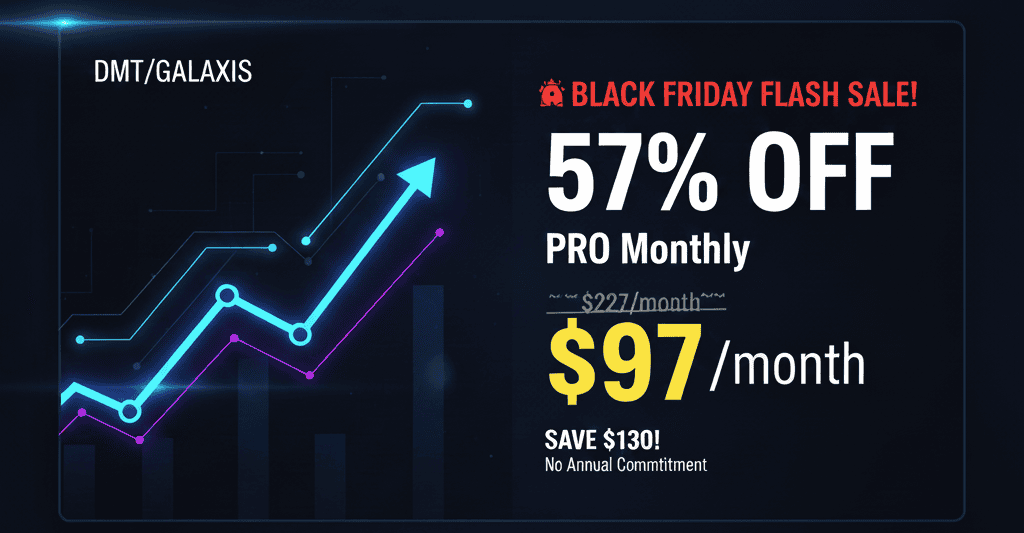Key Factors Influencing Audience Targeting Decisions
Understanding the key factors influencing audience targeting decisions is essential for effective marketing strategies. These factors determine how well you connect with your target market and can significantly impact campaign performance.
Consumer Behavior Analysis
Analyzing consumer behavior is crucial in identifying preferences and trends within your target audience. This analysis involves examining purchasing patterns, online interactions, and feedback. Utilize tools like Google Analytics 4 to gather data on user engagement, which can reveal insights about customer interests and motivations. Research indicates that 70% of consumers are more likely to engage with personalized content based on their past behavior . By aligning your marketing strategies with these insights, you enhance relevance and increase conversion rates.
Digital Marketing Trends
Staying updated on digital marketing trends allows you to adapt your audience targeting strategies effectively. Emerging technologies such as AI-powered analytics enable marketers to predict consumer behavior accurately. For instance, predictive marketing can help identify potential leads by analyzing historical data patterns. According to a recent report, companies using predictive analytics see a 15% increase in sales productivity . Leveraging these trends ensures your campaigns remain competitive and resonate with evolving consumer expectations.
Adaptive Content Strategies
Creating adaptive content strategies helps tailor messaging to different audience segments. This approach requires understanding segmentation criteria such as demographics, psychographics, and behavioral data. Tools like HubSpot Marketing Hub facilitate the development of buyer personas that reflect the diverse needs of your audience. Implementing segmented campaigns can lead to higher engagement rates; studies show that targeted emails generate 6 times higher transaction rates than non-targeted emails . By refining content according to specific audience segments, you foster deeper connections and drive conversions.
Checklist for Effective Audience Targeting Decisions
- Conduct thorough market research using tools like Google Analytics.
- Analyze consumer behavior through purchasing patterns.
- Stay informed about digital marketing trends and emerging technologies.
- Develop clear buyer personas tailored to different segments.
- Implement adaptive content strategies based on segmentation criteria.
FAQ
What are the main considerations when deciding on an audience?
Consider demographic factors such as age, gender, income level, and geographic location alongside psychographics like interests and values.
How does market research impact audience targeting?
Market research provides critical insights into consumer preferences and behaviors that inform targeting decisions.
What metrics should be evaluated for effective audience segmentation?
Key metrics include engagement rates, conversion rates, customer lifetime value (CLV), and return on investment (ROI) from targeted campaigns.
Which tools can assist in refining target audiences?
Tools such as Adobe Audience Manager help analyze data for better segmentation while platforms like HubSpot streamline persona development.
Are there best practices for adapting content to different audiences?
Yes, best practices include personalizing messages based on segment characteristics and testing various formats for effectiveness across channels.
To optimize your audience targeting strategy effectively:
- Prioritize comprehensive market research every quarter.
- Regularly review performance metrics tied to specific campaigns.
- Adjust tactics based on analytical insights from user interactions.
Tracking these actions will improve alignment with your target market over time.
